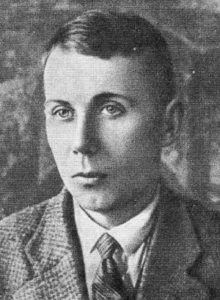
1895 - 1964
Anatol Petrytsky
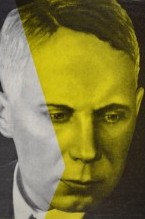
description
A prominent Ukrainian avant-garde painter and graphic artist, outstanding theater artist, master of book illustration. The time of studies and the first ten years of Petrytsky’s creative career coincided with the end of the era of creative freedom, which did not last long after the revolution. The artist managed to absorb this freedom and work in several avant-garde styles.
The work of Petrytsky was multifaceted: he worked, combining European modernism, Ukrainian and Russian cubofuturism and Moscow constructivism with the wealth of Ukrainian folk culture, as an easel painter, an artist-decorator of the theater, an illustrator and poster artist.
For the artist, who turned out to be a creator of numerous portraits of the «enemies of the people» (for example, L. Kurbas and M. Semenko who were shot), it was vital to “overcome” the avant-garde artist inside himself. Having successful and already considerable experience in the theater by the mid-1930s and showing loyalty to the authorities, Petrytsky managed to make his career as a set designer and worked as an artist at the best theaters in Moscow, Kyiv and Kharkiv. His merits were marked by the highest state prizes and awards. He was an honoured art worker of Ukraine; in 1944, he became the People’s Artist of the USSR. The importance of the art of Anatol Petrytsky is evidenced by international exhibitions – such as “Crossroads: the Vanguard in Ukraine” (2006, Chicago).
More than 600 theatrical works by Anatol Petrytsky belong to the collections of the Museums of Theater, Music and Cinema of Kyiv and Moscow. Some preserved easel works are exhibited at the National Art Museum of Ukraine.
One street in Kyiv was named in honour of the artist.
Key ideas:
– In the earliest Kyiv period, learning from A. Murashko, Petrytsky created, in particular, bright panels. In their colourful rhythms, there was a vivid similarity to Ukrainian folklore and the elements of live folk art. This feature was largely preserved in the future.
– As a student of Moscow free art workshops (studied with N. Udaltsova), Petrytsky experimented with Cubism (he was a great fan of Picasso) and Constructivism that became popular. He built a number of interesting volumetric structures with different textures, included in and glass, sand and fabric, wood and cardboard in his compositions.
– Easel works of the early Moscow and Kharkiv periods were made in the style of the avant-garde of that time – the artist created spaces of stylized transformations; numerous (about 150) portraits he analysed the form of the model, achieving an expressively concise image.
– The most significant is the theatrical heritage of the artist. The fact that he was a theatrical painter helped him avoid leveling of his creative personality for the sake of the canons of socialist realism, since it assumed some figurative convention.
– Focusing on painting for the theater, Petrytsky synthesized his first searches and showed his talent of a colourist and monumentalist. In this field, he managed to fruitfully develop the lyric-epic traditions of Ukrainian fine art, in particular, geometric motifs on colourful backgrounds. He was especially interested and attracted to combinations and dissonances – the master made the sets and costumes from different materials, using the original collage technique.
1895
1912
1917
1922
1923
1925
1927
1929
1930
1936
1944
1962
1964
The birth of the artist
Entered the Kyiv art college

Petrytsky made his debut as a theater artist
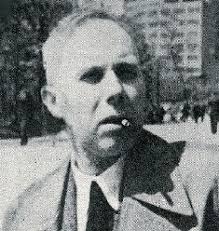
Studied at advanced at that time Moscow higher art workshops
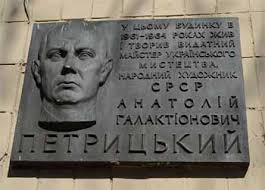
Designed the production of "Nur and Anitra"

He showed his works at the International Exhibition of Decorative Arts and the Art Industry in Paris
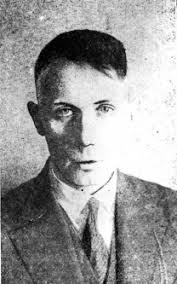
He designed books
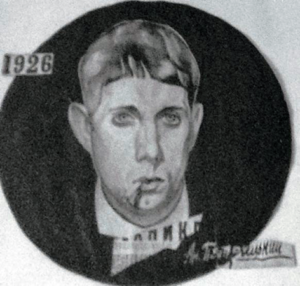
"Theatrical costumes of A. G. Petrytsky»

«Disabled»
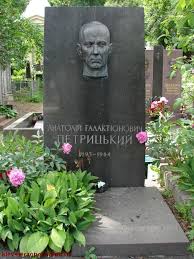
Being accused of formalism

Was awarded the title People's Artist of the USSR

Completed an order for the Virsky Ukrainian choreographic collective

The death of the artist

Anatol Petrytsky
On Artist
flow
Modern
Cubism
Cubofuturism
Constructivism
friends
Vadim Meller
Alexandra Exter
Victor Nikandrovich Palmov
artists
Vasily Krichevsky
Alexander Murashko
Nadezhda Udaltsova
Pablo Picasso
Alexander Davydovich Drevin
By Artist
flow
Cubofuturism
friends
Vadim Meller
Alexandra Exter
Vasily Ermilov
artists
Boris Erdman
Alexander Osmerkin
Boris Kosarev
Ivan-Valentin Feodosievich Zadorozhny
